I was in Huế in February earlier this year and liked it so much I wanted to return and bring Beth here during this trip. The city of Huế was at the center of the American war and suffered greatly from occupations of the French and later the Americans. The Citadel, or Imperial City as it is called, is massive in scope and size. At more than 1.5 miles across, a simple walk around the perimeter walls is about six miles.
And this is the result of walking 10 miles in the heat…..
Major losses occurred in 1947 when the Việt Minh seized the Citadel. A French-led counterattack laid siege and the six week battle destroyed many major structures. The core of the city including the Imperial Palace was burned.
The Citadel came under fire again in 1968, as the People’s Army of Vietnam and Viet Cong soldiers launched a coordinated attack on Huế seizing most of the city. During the initial phases of the Battle of Huế, U.S. troops were ordered not to bomb the city, due to the area’s religious and cultural status and for fear of destroying historic structures. But as casualties mounted in house-to-house fighting, these restrictions were lifted and fighting caused substantial damage to the Imperial City.
Viet Cong troops occupied some portions of the Citadel while South Vietnamese troops occupied others, and allied warplanes targeted anti-aircraft guns the communists had mounted on the Citadel’s outer towers. Out of 160 buildings, only 10 major sites remain, such as the Thái Hòa and Cần Thanh temples, Thế Miếu, and Hiển Lâm Các. The city was made a UNESCO site in 1993.

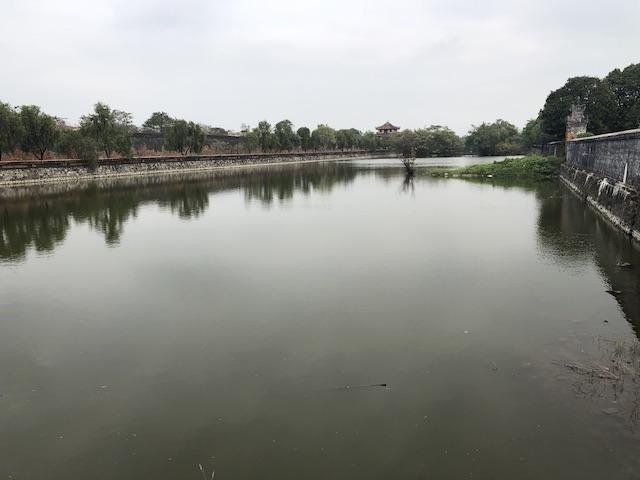

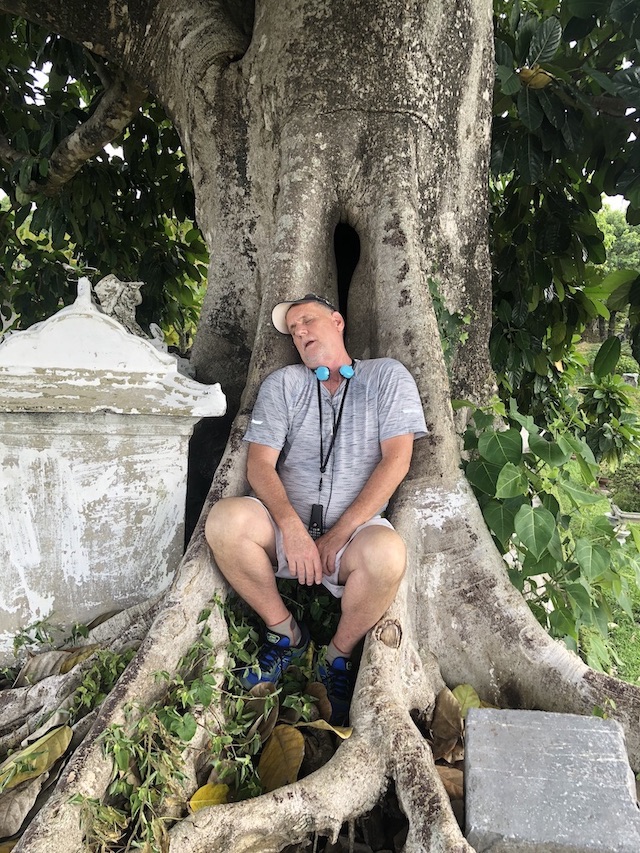
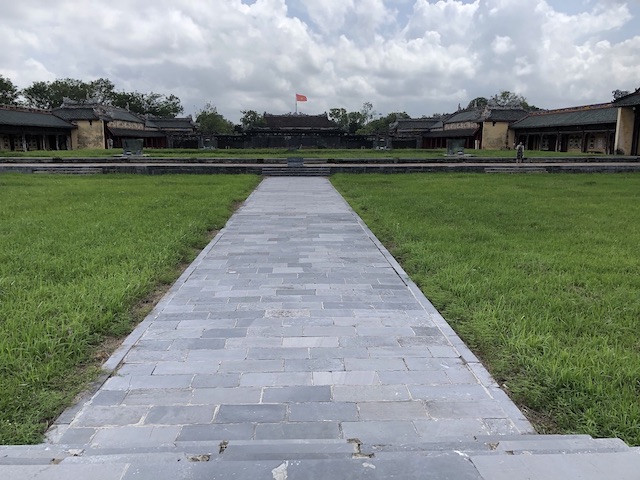
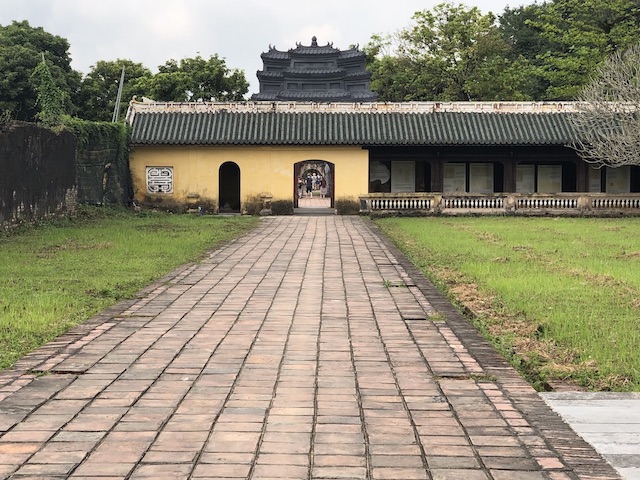

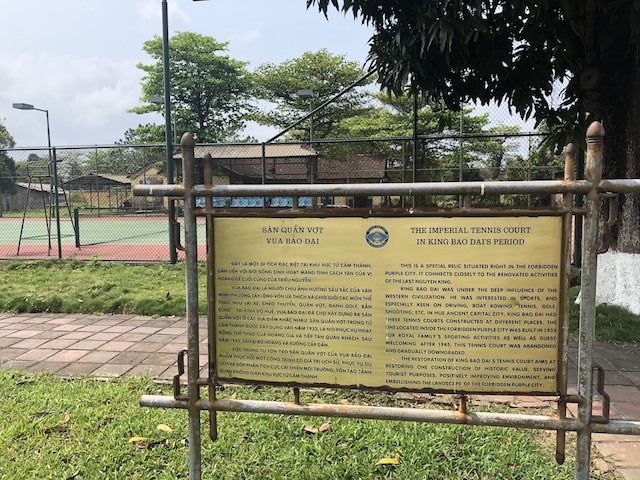
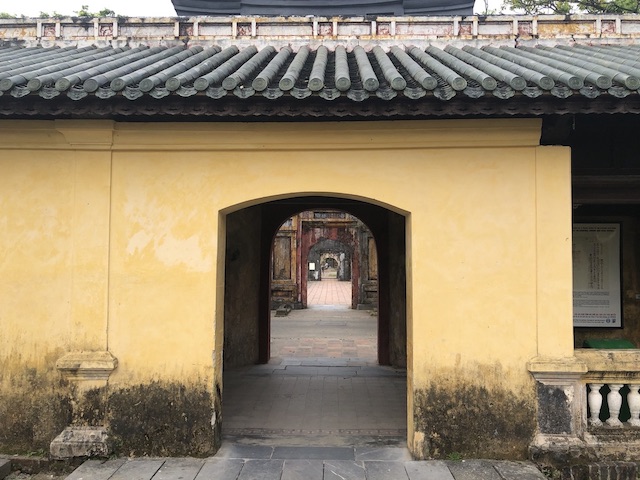
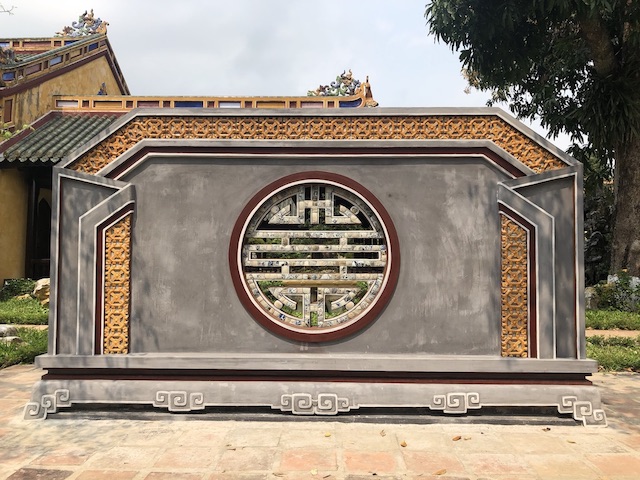
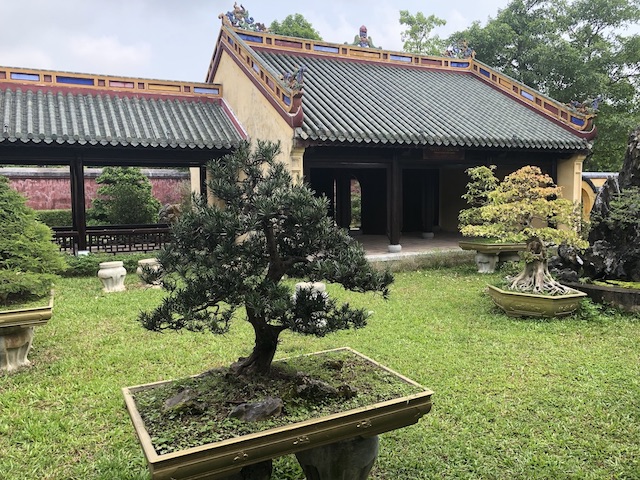
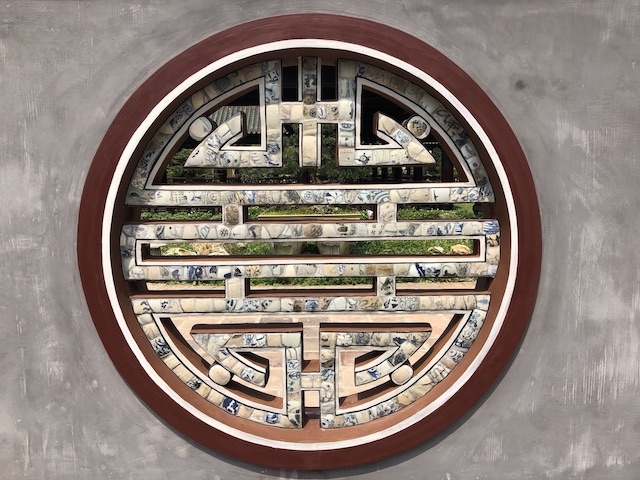
Recent Comments